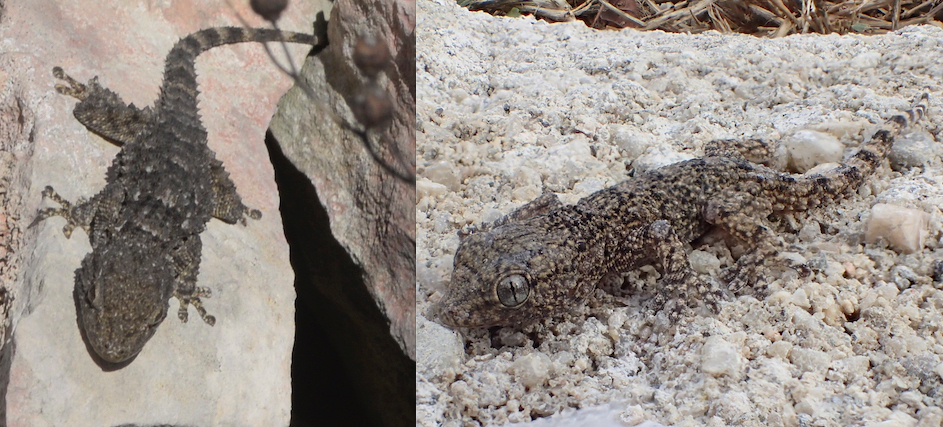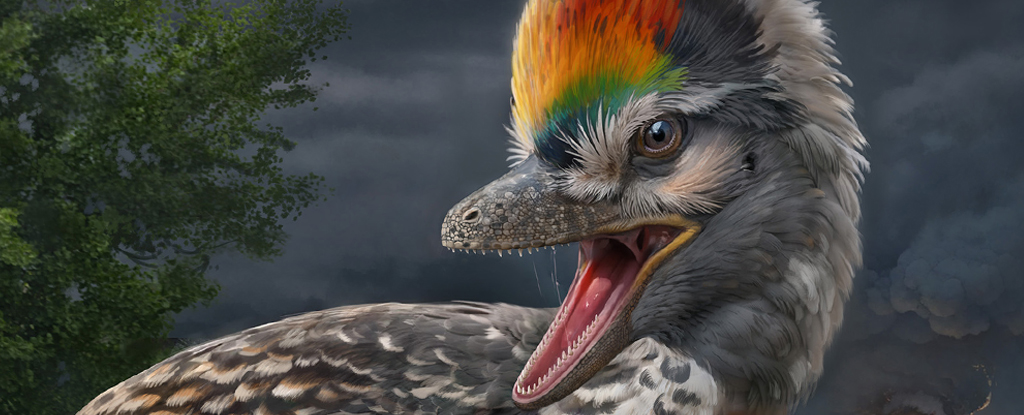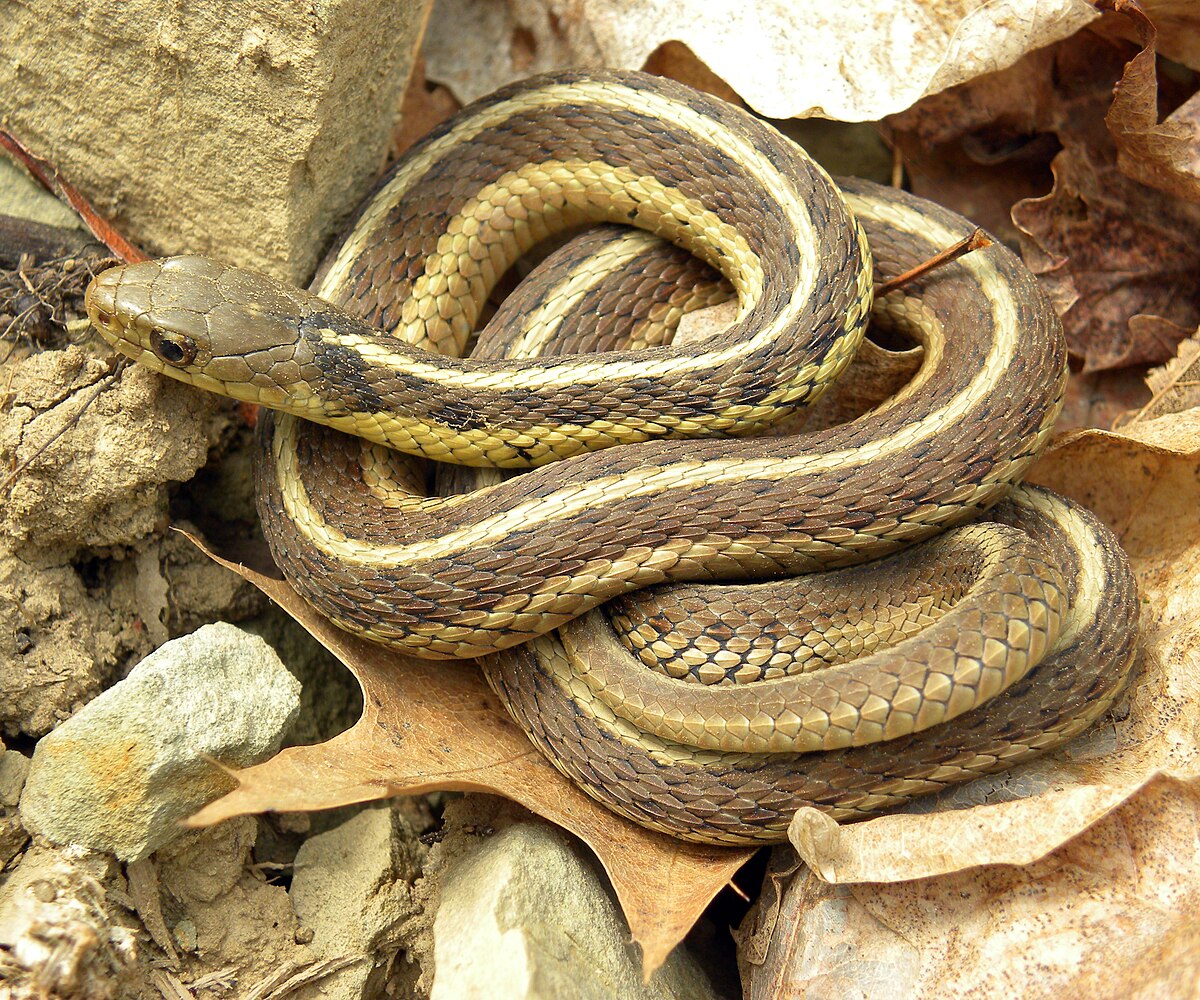#reptiles
What a Wonderful World
🤔 Difference Between a Crocodile (Top), a Caiman (Middle), and an Alligator (Below)
Crocodile:
· Habitat: Thrives in both saltwater and freshwater.
· Snout: Long and pointed.
· Size: Often larger, some species exceed 20 feet.
· Distribution: Found globally in Africa, Asia, the Americas, and Australia.
Caiman:
· Habitat: Prefers freshwater, dwelling in rivers, lakes, and wetlands.
· Snout: Robust and broad.
· Size: Generally smaller, ranging from 4 to 8 feet.
· Distribution: Native to Central and South America.
Alligator:
· Habitat: Flourishes in freshwater habitats like swamps and slow rivers.
· Snout: Broad and rounded.
· Size: Adult males typically reach 10 to 15 feet.
· Distribution: Primarily found in the United States and China.
📷: Kevin Enge
#crocodile #crocodiles #caiman #alligator #alligators #alligatorfarm #reptil #reptile #reptiles #reptilecare #reptilelover

Schildkröten
im Businesspark in Asterlagen (Rheinhausen), März 2024
#Reptilien #Schildkröten #Asterlagen #Niederrhein #Businesspark #Rheinhausen #Duisburg #foto #photo #fotografie #photography
#animals #reptiles #turtles
#biology #reptiles #MaryRiverTurtle
Mary River turtle: The green-haired oddball that can breathe through its butt for 72 hours
https://www.livescience.com/animals/turtles/mary-river-turtle-the-green-haired-oddball-that-can-breathe-through-its-butt-for-72-hours
#reptiles eat bugs not humans !
#PETITION: I Won’t Eat Bugs
Every day, we are bombarded with #propaganda attempting to normalize bug eating.
The World Economic Forum has been at the forefront of promoting the consumption of insects for years now, advocating that eating bugs is the way of the future, is sustainable and will help fight climate change, and will improve human health.
From Canadian Prime Minister Justin Trudeau seeking expert help on establishing best practices for humans and animals to eat bugs in Canada to educating kids in the U.K. about “alternative proteins”, the push to encourage people to eat bugs is expanding on a global scale — this must be stopped!
Additionally, #insects may have #parasites, making them #dangerous to eat. But, of course, our globalist elites don’t want you to know that, and they don’t care because they won’t be eating them.
If you are equally repulsed by the idea of incorporating creepy crawlies into your diet, please sign our petition right here.
Sign here: http://www.rebelnews.com/petition_i_will_not_eat_bugs?recruiter_id=5964112

Tarente de Mauritanie (Tarentola mauritanica)
Trois espèces de #Gecko sont observables en France, mais la Tarente est de loin la plus commune. Depuis une vingtaine d'années, elle est bien présente en zone urbaine et maintenant régulièrement observée en campagne. On ne connaît pas les causes de son expansion, sûrement naturelle en partie, elle semble profiter aussi des transports de marchandises, par ex les importations d'oliviers d'Espagne.
Présente à l'état naturel, l'espèce est protégée par la loi, comme la quasi-totalité des #reptiles et #amphibiens en France. L'Université de Toulouse anime une enquête participative sur la Tarente, où l'on peut voir sa présence, même en dehors de la région méditerranéenne : http://lashf.org/enquete-tarente-de-mauretanie
Photo : Tarente de Mauritanie (Tarentola mauritanica), adulte sur un muret de pierre-sèche et juvénile sur déchet de maçonnerie, garrigues de Lunel, novembre 2023 par John Walsh (CC BY NC SA).
#biology #birds #reptiles #dinosaurs #missingBranchBetweenDinosAndBirds #china
Paleontologists May Have Found A Missing Branch Between Dinosaurs And Birds
07 September 2023
By Tessa Koumoundouros
https://www.sciencealert.com/paleontologists-may-have-found-an-important-missing-link-between-dinosaurs-and-birds
#animals #reptiles #snakes
Shocking Videos Show Snakes Really Do Swallow Their Own Tails
https://www.sciencealert.com/shocking-videos-show-snakes-really-do-swallow-their-own-tails
#biology #reptiles #lizards #lesbianLizards
Fun Fact Friday: There are Species of Lesbian Lizards!
https://www.tumblr.com/learnyouabiology/719704156047343616/fun-fact-friday-there-are-species-of-lesbian?source=share

One more alligator...
Working my way through many recent images, a little at a time...
Still to come: trees, dragonflies, butterflies, ducklings, limpkins, herons, egrets, trees, & Spanish moss.
Meanwhile... More gator photos @ http://www.fenichel.com/gators.shtml

#MyPhoto #Fenfotos #NaturePhotography #nature #photography #alligator #gator #reptiles
Apr 6, 2023 #AncientTechnology #PraveenMohan #hinduism-13 min
Did #ancient #people #worship #lizards? Are #reptiles #Gods? Why did ancient builders carve and pray to lizards?-
Source: https://youtube.com/watch?v=7vSYUGd43Y8
---0:00 - Shape Shifting Lizards
1:23 - The Visible Third Eye
2:59 - A Divine Creature
4:36 - Jesus Christ Lizard
5:17 - A Giant Lizard in Tanjavur
5:48 - Fire Resistant Lizards
7:35 - The Golden Lizard
8:11 - Secret Worships in America
9:26 - Connection between Lizards & Humans
11:13 - Reptile Worships
11:59 - The First GOD?
12:55 - Conclusion
In Ancient Times, people around the world, worshipped Lizards as Gods. This is largely forbidden and forgotten today, but in India, there is a 1800 year old temple, and you can see devotees lining up to touch and worship a carving of a Lizard. Actually, there are 2 lizards here, one is a giant Golden lizard, and the other one is a smaller, silver lizard. Today, they have put metal engravings, covering the ancient stone carvings behind them. And worshipping lizards is not a recent practice, the name of this temple is Varadaraja Perumal Temple and it was built in the 3rd Century A.D, so this worship started at least 1800 years ago. Ancient Indians believed that Lizards and other reptile like beings came from the sky, and had magical powers like Shape Shifting. Even today, you can see that Hindus believe that these Lizards can help them heal from their diseases and bring them good fortune.
But this is not the only Indian temple where Lizards are worshipped as Gods. There is another temple called Balligiri, where there is another Lizard engraving on a piece of metal. In this temple too, it is worshipped as a God of Good fortune.
But this is strange, right? Even if you are a Hindu, you are probably be surprised that Lizards are still worshipped as Gods, because I am showing you a rare phenomenon. But why are they worshipped as Gods? Because Lizards have a third eye, yes they physically have a third eye, called the parietal eye, and many times it is located, exactly where you want it to be located. Yes, on the forehead, between the 2 eyes, very similar to the third eye depiction in Hinduism. And, not only does it look like an eye, in some lizards like the Tuatara, it also has a lens, cornea and a retina like an actual eye. Scientists now confirm that this third eye can not only sense light, it can also be used as a GPS navigation system. And guess what, it is part of the Pineal complex, meaning it functions with the pineal gland.
Some claim that in Ancient India, a type of Lizard people or Lizard Gods existed, and they co-existed with humans. These reptiles were quite sophisticated and they even assisted some kings in war. In this ancient temple, you can see a battle scene. Here is a soldier on a horse, wielding his sword. At the bottom, there is another man with a sword in one hand and a shield in the other hand. But what is that scaly thing next to him? Look at its skin, you are immediately reminded of a crocodile, but it is standing on two legs, and see what it is about to do. It is about to bite a man’s head off, alive. Look at the size of the Lizard and the size of the Human, the Lizard being is quite large, it is taking out one man with a single bite, and is handling another man with its claws. There are no such giant Lizards today, and what I find interesting is that its third eye is covered with a religious symbol called Urdhva Pundra, this symbol is also worn by Lord Vishnu and his followers, clearly indicating that this Lizard is not just some random animal, but rather a divine, Lizard person.
Indian texts talk about a Lizard called Nriga, who could shapeshift into a human whenever he wanted. They also mention that he could change his skin color like a Chameleon and blend with the surroundings. According to some, he was also capable of walking on water. This is really interesting, because some Lizards can walk on water. In the Americas, the Basilisk is more commonly known as the Jesus Christ Lizard, because it can walk on water.
A massive #pterosaur has been discovered in the #Gobi #desert’s Nemegt Formation. According to experts publishing in the Journal of Vertebrate Paleontology, the huge, dragon-like monster would have lived and perished 70 million years ago, with a wingspan of 10 to 12 meters (32 to 39 feet). To give it in context, that’s a wingspan larger than the height of a three-story structure.

The species is a member of the Azhdarchidae family of pterosaurs that lived in the late Cretaceous epoch. Pterosaurs (such as the pterodactyl) are frequently mistaken for dinosaurs. Pterosaurs are #flying #reptiles, not birds, which are a form of dinosaur.

This specimen would have been located in what is now Mongolia’s dry interior region. Despite having wings, it could move on all fours and most likely followed its victims (who were most likely juvenile dinosaurs) on the ground.
In 2006, palaeontologists uncovered five remnants of the animal’s neck bones in the western Gobi area known as Gurilin Tsav. The region is well-known for its fossil riches, but these pterosaur remains are a rare find. Bones from massive pterosaur species have previously been discovered in Europe and North America. These relics demonstrate that they also inhabited in Asia.

The experts believe the latest discovery is also one of the biggest pterosaurs ever discovered, rivaling the size of its cousins the Quetzalcoatlus (discovered in Texas) and Hatzegopteryx (discovered in Romania). These monsters were likewise reported to have a wingspan of 10 to 12 meters. They are supposed to have been as tall as giraffes (roughly 5.5 meters or 18 feet).
The problem is that palaeontologists only have incomplete remains, making it difficult to precisely quantify the creature’s size and morphology. It’s possible that the neck bones are excessively large in comparison to the rest of the body, and that researchers exaggerated their size. It’s also possible that this specimen is smaller or bigger than the species average.
Unfortunately, pterosaur fossils are frequently fragmentary and poorly preserved since their bones were not as strong as dinosaurs’.
Because the bones are so fragmentary, the researchers have yet to identify the new species or even determine whether it is a new species. The discovery, however, demonstrates for the first time that there were massive pterosaurs wandering the Asian sky.'
#reptiles #BurmesePython #alligator
Video Shows Scientists Removing a 5-Foot Alligator From a Python's Stomach
https://www.sciencealert.com/video-shows-scientists-removing-a-5-foot-alligator-from-a-pythons-stomach

Seen on a #hike today in #Gatineau Park, an eastern garter snake Thamnophis sirtalis sirtalis. He was about 18" (45 cm) long and was getting ready to bite me!














